So you’ve decided to dive into the world of videography—awesome! But now you’re faced with the daunting task of choosing the right video equipment. Don’t worry, I’ve got you covered. Whether you’re filming quick social media clips, conducting interviews, or even hosting a podcast, this guide will help you navigate the maze of video equipment options out there. And if you need more specific and bespoke advice, you can book a one on one consultation with me.
Smartphone Filming for Social Media
Let’s start simple. If you’re just getting your feet wet and your primary platform is social media, your smartphone might be all you need when it comes to visuals. Modern smartphones come with impressive cameras that can shoot in high definition, 4K and super slow motion. What I would recommend to buy as a must is a clip-on microphone for high-quality audio, a usual ring light and tripod for filming vlogs.
Gimbal and steadycams are optional but with the new smartphone technology of Optical stabilisation, there is no need for it really. You can utilise wide lens and or combination of slow motion and fast action.
Pros: Affordable, portable, and user-friendly.
Cons: Limited in terms of advanced settings and lens options.
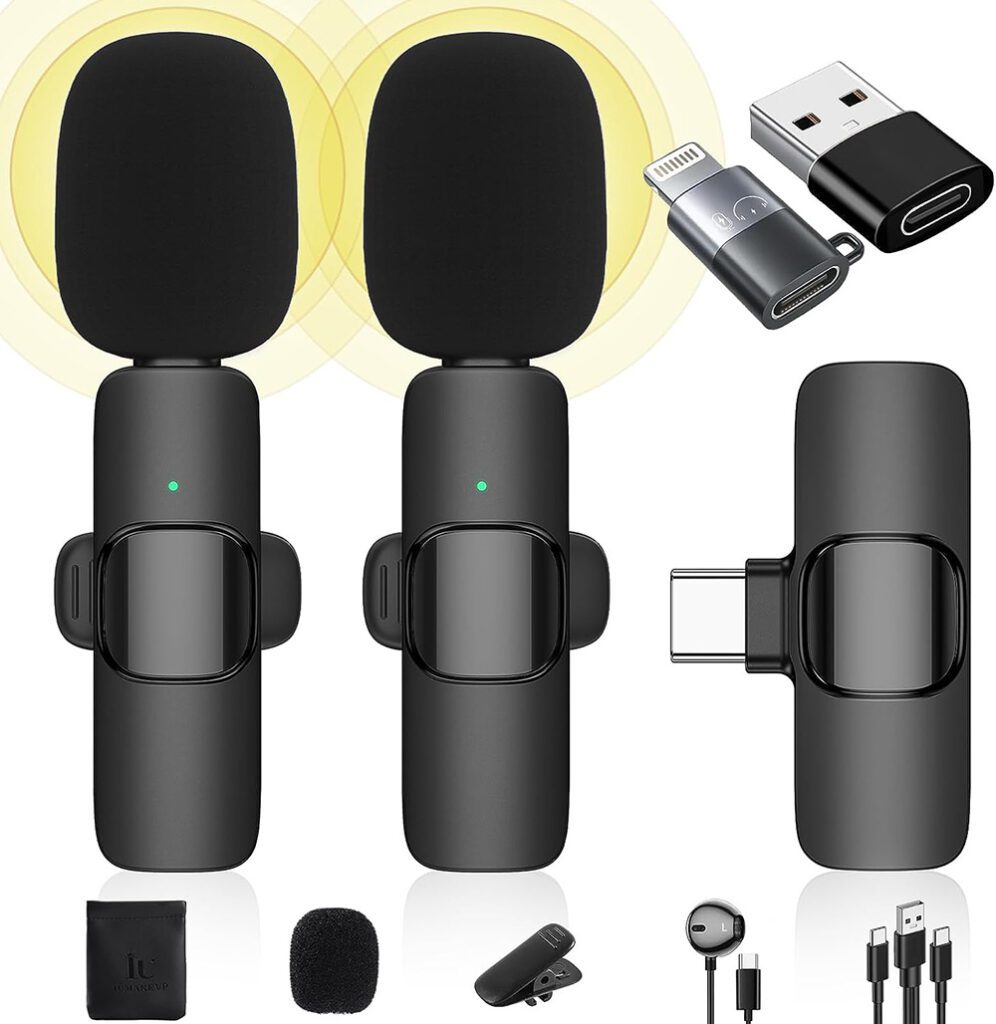
Mirrorless and DSLR Cameras on a Budget
If you’re looking to take your videography to the next level, investing in a mirrorless or DSLR camera is a good move. These cameras offer better image quality, more control over settings, and the ability to change lenses. Ideal for cinematic and eye-pleasing videos. Also, creating depth of field (blurred background) using different lenses will allow you to film in any conditions and create beautifully looking videos.
Mirrorless Cameras:
These are compact and lightweight, making them great for on-the-go shooting. They offer excellent video quality but might have fewer lens options. One of the leaders on the market is Sony Alphas.
If you’re more of a Canon user, I’d recommend Canon R6.
DSLR Cameras
These are bulkier but offer a wide range of lenses. They’re excellent for more controlled settings like interviews and photography. They usually lack variety of video recording options in comparison to mirrorless.
Pros: High-quality video, interchangeable lenses.
Cons: More expensive, steeper learning curve.
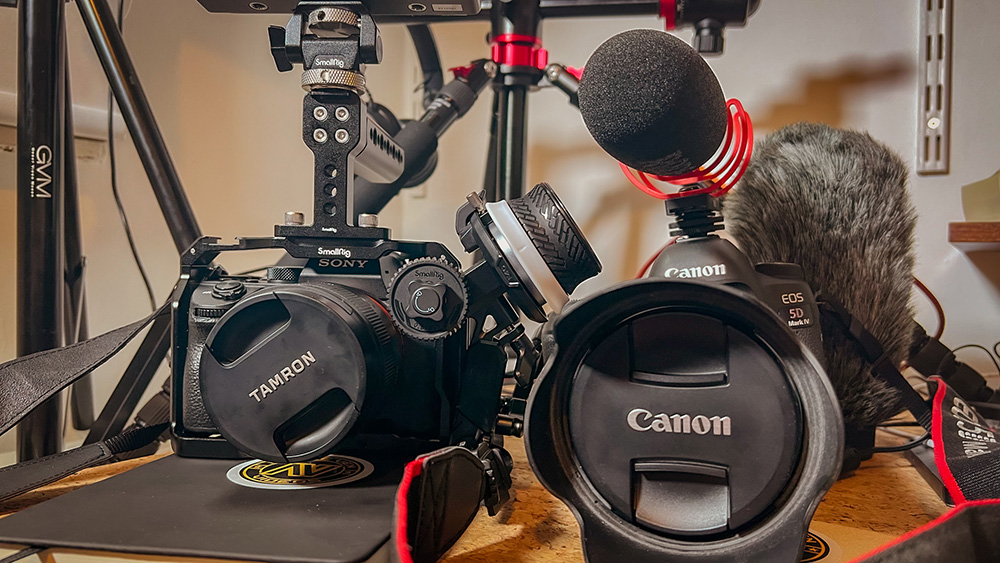
Lenses for Interviews
When it comes to interviews, the lens you choose can make a significant difference. A 50mm lens is often recommended for a natural look, while a lens with a lower focal length (like 35mm) can be good for tight spaces. For more versatility and beginner’s set-up, a zoom lens like a 24-70mm can be invaluable but the ultimate artistic interview look, go for 85 mm.
One of the unwritten industry saying is that if you buy a camera and it comes with a lens, that lens is rubbish. Usually comes with an aperture of 3.5 to 5.6 which doesn’t allow much light to come through the lens in decent light conditions like offices. That’s why I would suggest buying a camera body and a couple of lenses of your choice. A really good lens has an aperture which is below 3.
Pros: Flexibility in framing your shots.
Cons: Good lenses don’t come cheap.
Make sure to understand the different types of mounts for cameras. You cannot mount Canon lens to Sony camera and vice versa. You can use an adaptor but lenses lose some functionalities using this method.
Microphones
Good audio is crucial. For interviews, lavalier mics can be clipped onto the subject for clear, isolated sound. That can be plugged in directly into the camera or can be external recording on a micro SD card. You can sync the footage afterwards in Premiere Pro very easily and use Shotgun mics as a back up. They can be mounted on the camera or a boom pole. Keep in mind that shotgun microphones record background noise much more than clip-on microphones.
Pros: Clear, professional audio.
Cons: May require additional equipment like an audio recorder.
The Importance of Lighting in Videography
No discussion about video equipment would be complete without mentioning lighting. Good lighting is the unsung hero of videography; it can make or break your footage. Poor lighting can result in grainy, unflattering video, while well-placed lights can elevate even the most basic camera work.
For interviews, a basic three-point lighting setup is often recommended to illuminate the subject evenly. Key light (which could be your window), fill light (positioned opposite of the key light) and backlight to separate the background from the foreground adding a nice glow. You can also shine it at the background if it’s too dark.
If you’re shooting on the go, portable LED panels can be a lifesaver. And don’t underestimate the power of natural light—it’s not only free but also offers some of the most flattering conditions for shooting video. Get at least 1 light if you can’t get all 3.
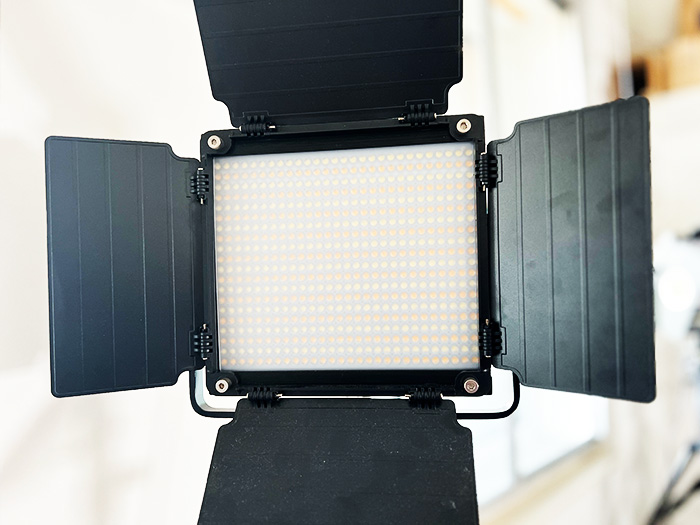
Pros: Enhances video quality, adds depth and dimension to shots.
Cons: Can be cumbersome to set up, may require additional power sources.
With the right lighting, you can create a mood, highlight important elements, and simply make everything look better. So, as you invest in your video equipment, don’t skimp on the lighting. It’s a crucial component that can significantly impact the final outcome of your videographic endeavors.
Podcast Audio and Video equipment
If you’re venturing into podcasting, you’ll need both video and audio equipment. A simple webcam can suffice for video, but you might want to invest in a higher-quality USB microphone or even an XLR microphone for better audio. Some podcasters also use mixers for more control over the sound, for example Rodecaster pro.
Pros: Relatively simple setup.
Cons: Quality can vary widely depending on the equipment.
You can read my full guide on production for podcasts.
Conference Cameras for Long Recordings
For long recordings like conferences, a camcorder might be your best bet. These are designed for extended use and often have features like hours or continuous recording and better zoom capabilities. However, they usually produce a TV look rather than a cinematic or social media look.
Pros: Long battery life, and stable video quality.
Cons: Less versatile than mirrorless or DSLR cameras.
Storage and Accessories
Hard Drives
For long recordings, having an external hard drive (external SSD drive is the fastest, suitable for 4K recordings) to record directly onto can be a lifesaver. If you can’t record directly on the drive, make sure you copy all the footage to the drive after the shooting. The editing experience will be much faster than editing straight from an SD card.
SD Cards
Always have a few extra. Look for high-speed SD cards for video recording, especially if you’ll produce 4K video content. Speeds from 150 MB/s and higher are perfect. If your camera features dual card slots, you have the flexibility to record on both cards simultaneously for backup or proxy files. Alternatively, you can extend your recording time; when the first card fills up, the camera automatically switches to the second one.
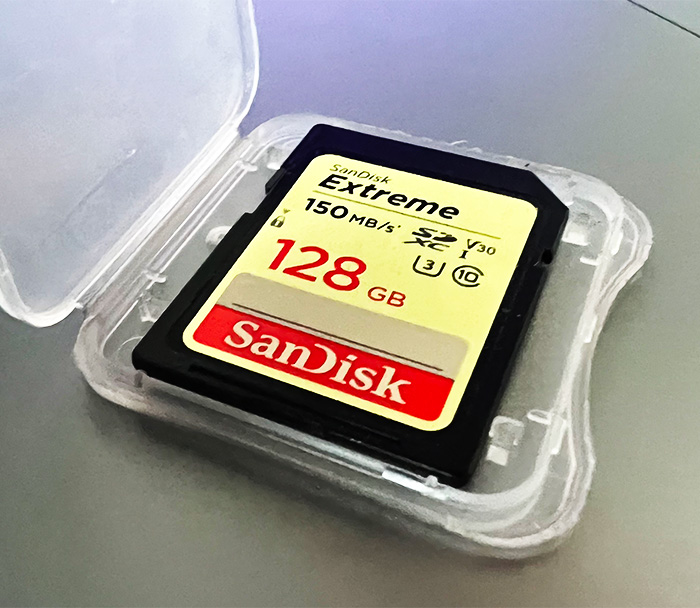
Tripods
A must-have for stable shots. Consider a tripod with a fluid head for smoother movements. Do not buy the cheapest plastic tripod for your precious and expensive camera. Also, beware that tripods without an arm are considered photography tripods and are not suitable for video as you cannot do smooth pans and tilts.
Cables
When using a shotgun microphone on a boom pole, an extension jack cable is essential for mobility away from the camera where the mic is connected. Similarly, if you’re working with XLR microphones, invest in long, high-quality XLR cables for the same level of flexibility. Skimping on cables is a risk you don’t want to take, as low-quality options can compromise your recordings.
What’s the next step?
Choosing the right video equipment can be overwhelming, but it’s crucial for producing high-quality content. Start by identifying your primary needs—are you a social media aficionado, an aspiring interviewer, or a future podcast star? From there, you can make more informed decisions about the type of camera, lenses, and audio equipment that will best suit your needs. And don’t forget about the accessories; the devil is in the details, after all.
Get more advice from me one on one and check my full equipment list.
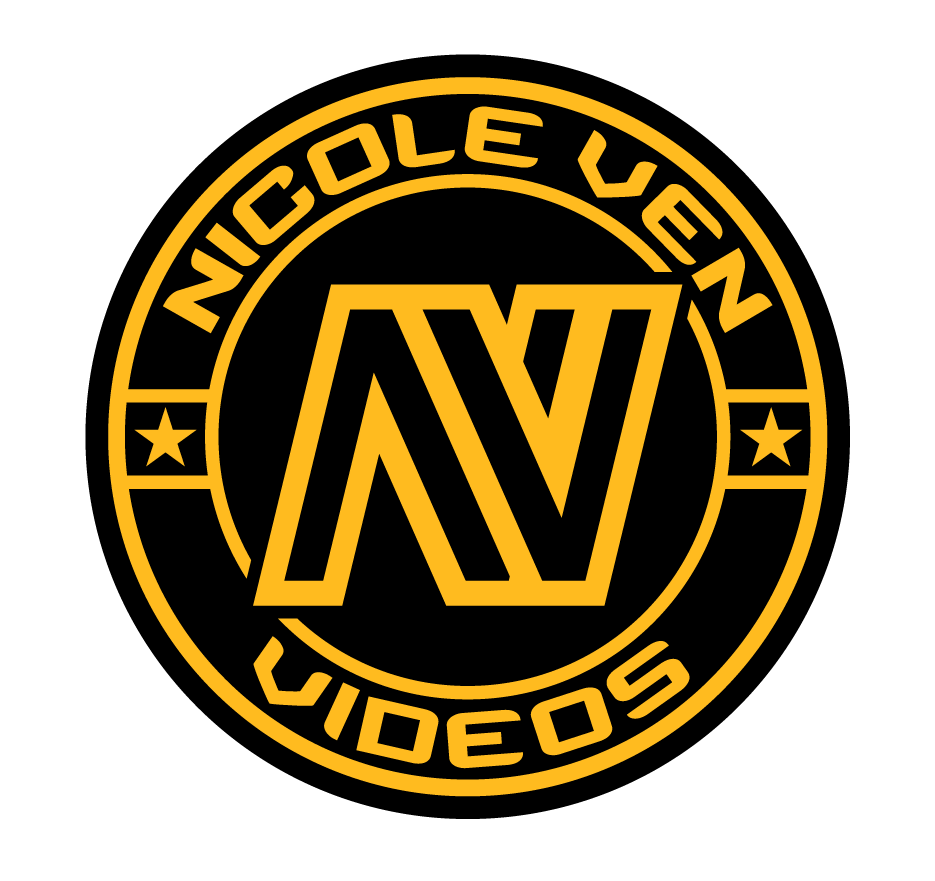
Comments are closed